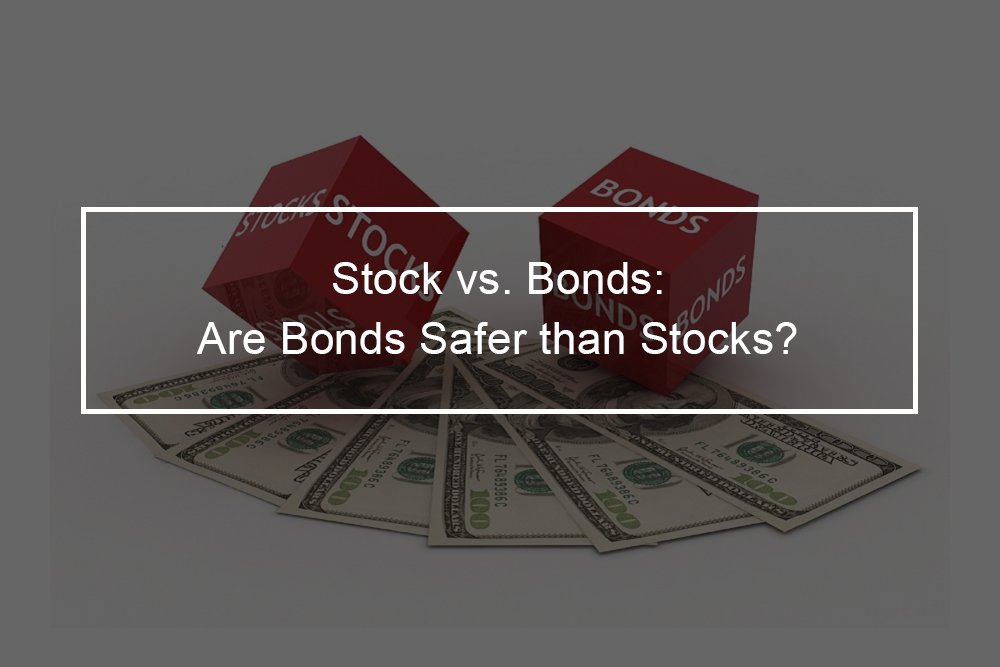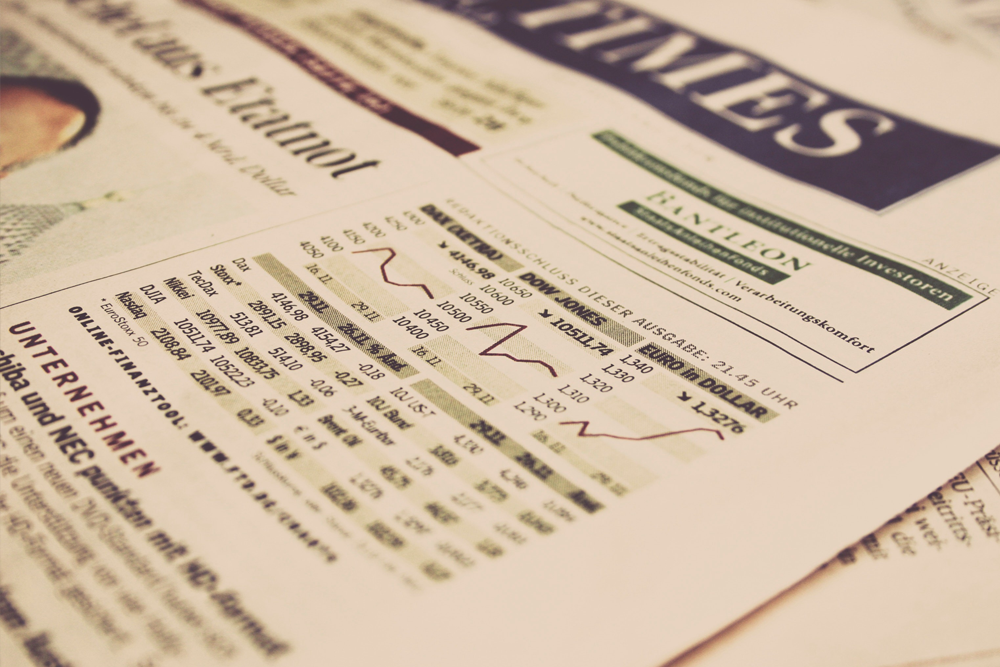
This guide offers a basic overview of these asset classes and considerations for incorporating them into a diversified portfolio.
What are stocks?
Shares, or stocks, are units of equity- or ownership stake- in an organization. The value of an organization is the total value of all outstanding stock of the organization. The price of a share is simply the value of the organization- market cap and market capitalization- divided by the number of outstanding shares.
Stocks of an organization are provided at the time of an IPO (Initial Public Offering) or later equity sales.
What are bonds?
Bonds are simply loans made to a company. They are a kind of debt and appear as liabilities in the company’s balance sheet. While stocks are often offered only in for-profit corporations, any company can issue bonds. Indeed, the governments of the United Staes are among the largest issuers of bonds. Bonds are traded on exchanges but frequently have a lower volume of transactions than stocks.
Each bond has a specific par value (for instance, $1,00) and pays a coupon to investors. For example, a $1,000 bond with a 4 percent coupon would pay $20 to the investor twice a year ($40 annually) until it matures. After maturity, the investor is returned the full amount of their initial principal, except for the rare occasion when a bond defaults (for instance, the issuer is unable to make the payment).
Stocks vs. Bonds: What is the difference?
You have two stand-ins when it comes to investing your retirement savings: bonds and stocks. The table below summarizes the difference between the two.
| Feature | Bonds | Stock |
| Type of tool | Debt | Equity |
| Definition | In finance, a bond means a debt security, in which the authorized issuer owes the holders a debt and is required to repay the interest and principal | In financial markets, stock capital issued by a company or joint-stock company via the issuance and distribution of shares |
| Centralization | Bonds markets,contrarily stock or share markets, frequently do not have a trading system or centralized exchange | Share markets or stock, have a trading system or centralized exchange |
| Kind | Securities | Securities |
| Holders | Typically, bond holders are in essence lenders to the issuer | Stock holders own a section of the issuing company (have an equity stake) |
| Yield analysis | Bond convexity, Nominal yield, Current yield,Yield to maturity,Yield curve,Bond duration, | Earnings yield, Gordon model, Dividend yield, Income per share, Book value, Beta coefficien |
| Level of Risk | Less risk | More risk |
| How you Make Money | The seller accepts to pay you interest on the loan of a fixed rate and schedule | If your stock increases in value, you can sell it for me than your initial purchase price |
| Issued by | Bonds are issued by credit institutions, public sector authorities, supranational institutions and companies | Stocks are issued by joint-stock companies or corporations |
| Where you should invest | If you are older, modify your portfolio to include more bonds | If you are younger allocate more funds to stock |
The Difference for Investors
Since each share constitutes an ownership stake in an organization, meaning the owner shares in the losses and profits of the organization- someone who invests in the stock can benefit if the organization performs very well and its value rises over time. Altogether, they run the risk that the organization could perform poorly, and the stock price can fall- or, in the worst-case bankruptcy, disappear altogether.
Overall, stocks and the individual stock market tend to be on the risker end of the investment spectrum in terms of their unpredictability and the possibility of the investor losing cash in a short time. Nonetheless, they also tend to offer
Nonetheless, they also tend to offer superior long-term returns. Stocks are thus favored by those with a long-term investment horizon and a tolerance for short-term risk.
On the other hand, bonds lack the powerful long-term potential of stocks; however, they are favored by investors for whom income is a preference. Moreover, bonds are less risky than stocks. While their costs fluctuate in the market- sometimes quite substantially if there are higher-risk market segments- the vast majority of bonds have a tendancy to pay back the full amount of principal at maturity, and there is much less threat of loss than there is with stocks.
Which is right for you: Stocks or Bonds?
Note that the advice given here is not from a professional financial advisor or experts, but from folks who have experience with investing.
With that, there is no exact ratio that will make your investment portfolio blow up. All investment comes with some risk. You are putting into an intangible entity, such as debt or debt. However, some investments are riskier than others. As outlined above, stocks come with more risk than bonds; yet, they also have a more significant potential to earn you profit.
Therefore, most finance professionals advise younger investors to allocate more of their money to stocks, because they have a longer stretch of years, splitting them from retirement. All that time offers you a margin of error, enabling you to ride out short-term fluctuations in the market.
However, if you are approaching retirement, you might want to shift your portfolio to incorporate proportionately more bonds. Bonds are a surer thing and have the added benefit of an exact time frame for payoff useful if, for instance, you know you want to retire in the next ten years.
Of course, even bonds are not assured. At times, an issuer will not be able to pay off the loan. Identify the right ratio for your retirement age, depending on your age, by following this principle. To evaluate the percentage of your assets that should be invested in stocks, deduct your current age from 110.
Regardless of the ratio, you select, it is definitely a good idea to purchase a little bit of both. Diversify is maybe the most common investment advice and for a good reason. It is like that old saying about baskets and eggs. And when it comes to retirement, you do not want to end up broke.
Diversifying bonds and stock portfolios
Diversification reduces investment risk. Those people who decide to invest manually in the stock market, instead of using index funds, must learn to diversify their portfolios themselves. Simply because an investor is interested in or understands a lot about the energy market does not mean they should only invest in it. An individual who only owns stock in one company or industry is at a much higher risk of losing money than an individual who invests in multiple organizations, industries, and various kinds of bonds. The investor should purchase a variety of bonds and stocks by evaluating the risk and performance.
When it comes to investing, the adage is somehow true: one has to have money to generate money. Investing a small amount in one company is less wise than saving up and investing a large amount in index funds or across various types of companies and bonds: most brokerage accounts need at least $500 to begin.
First-time investors should also be prepared for changes. Brokerage accounts charge account fees and trading fees. Others have various business models that charge flat percentages fees.











